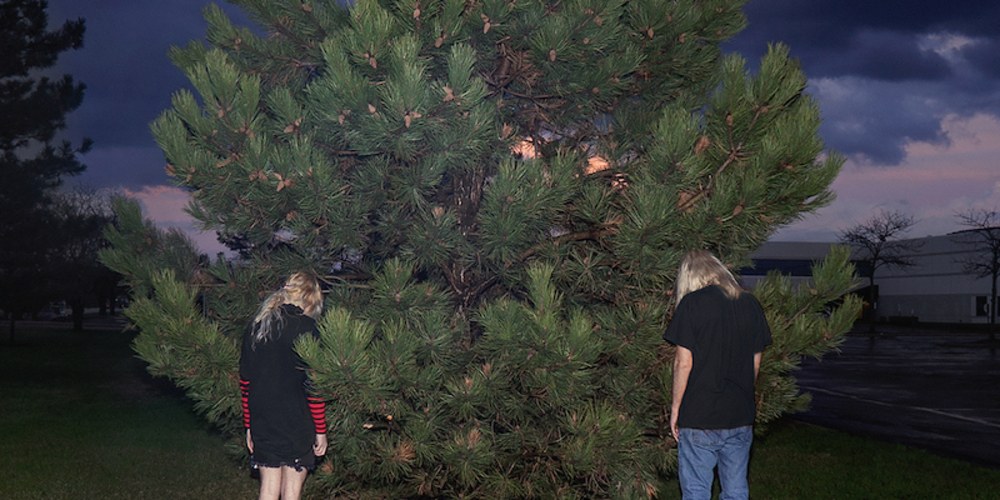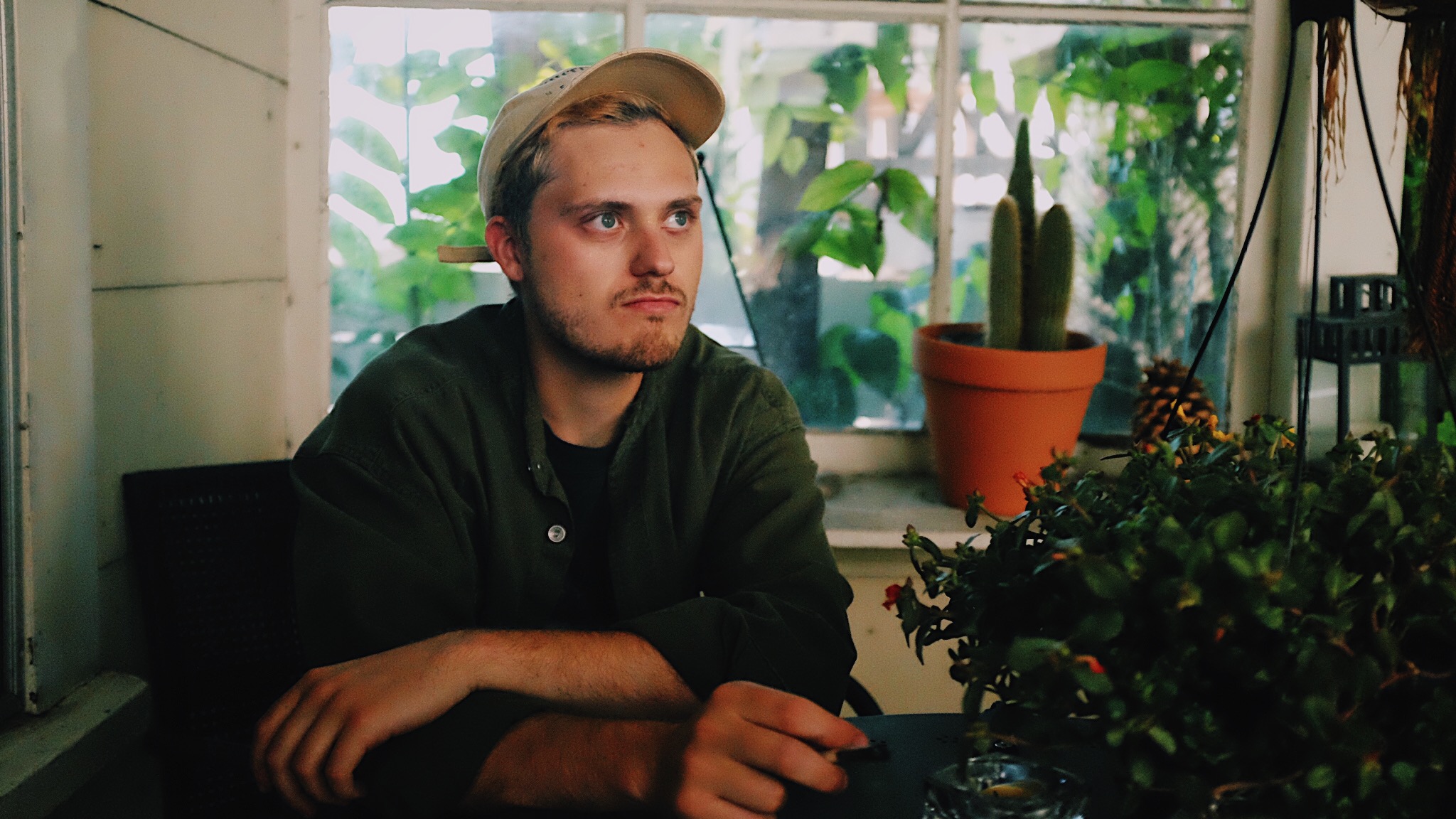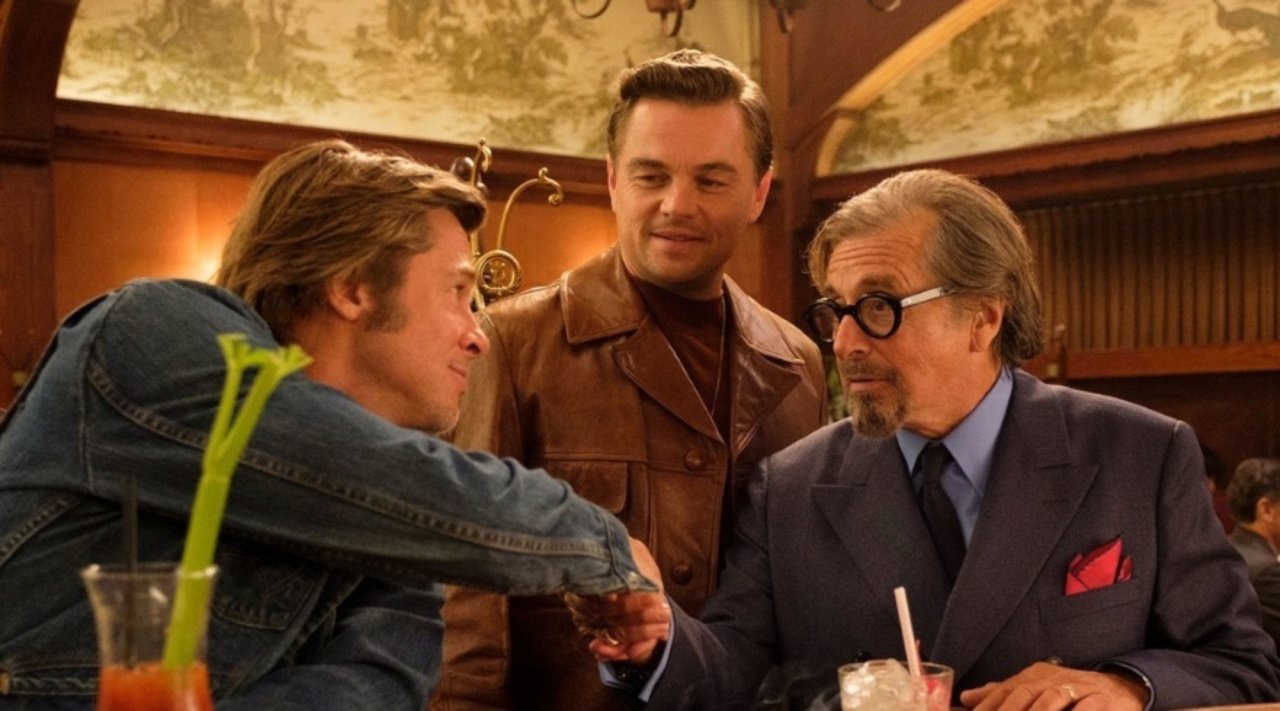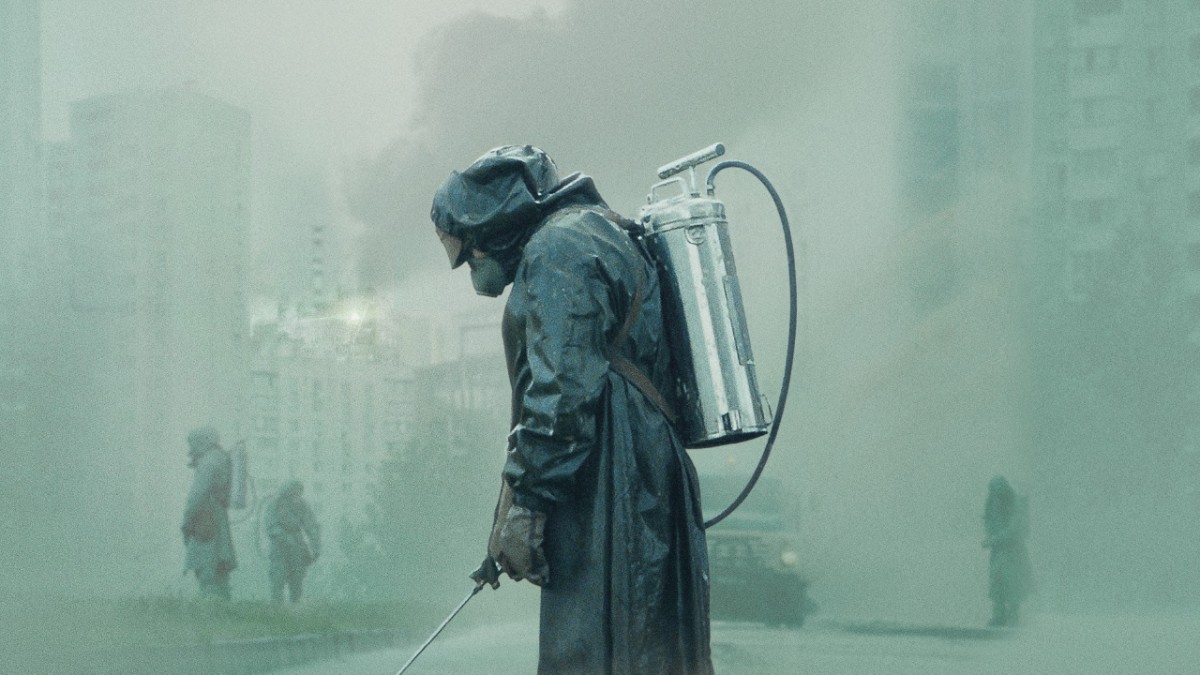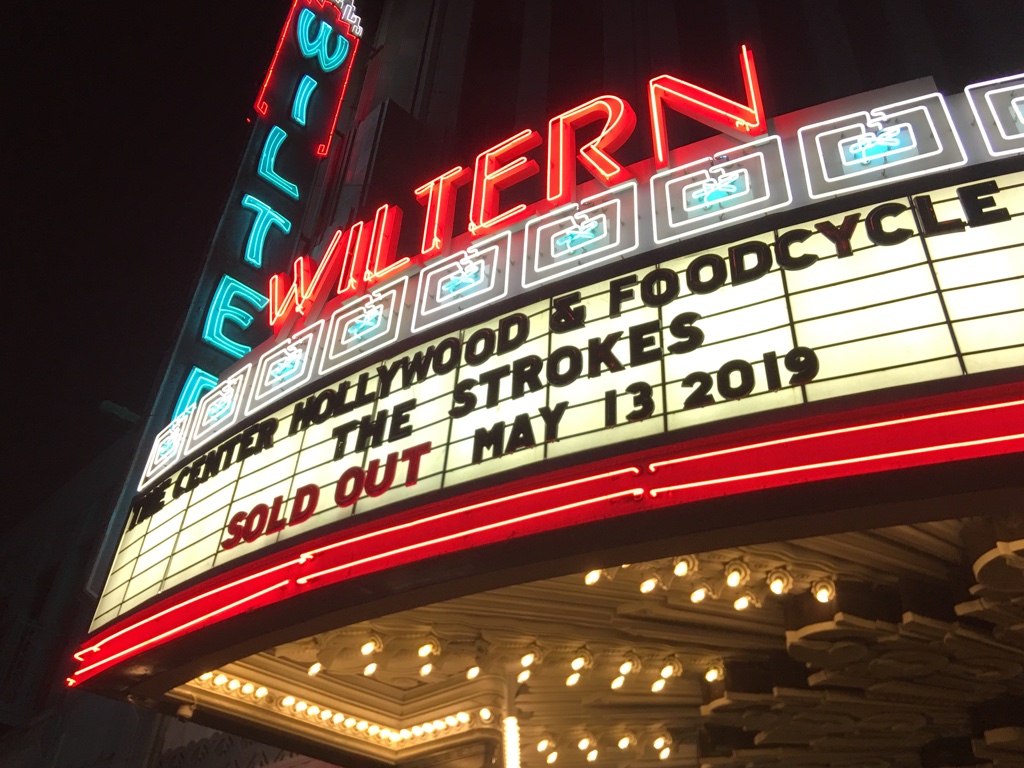Deep in the east side of downtown L.A., Slamdance’s DIG Showcase took place at Wisdome LA’s immersive art park. Filled with interactive art installations by emerging visual artists and indie game developers, it took up a whole square block with giant domes, taking us a second to find our subject for the evening – Hayk Matevosyan, director of his film Art in Motion, which is playing on display here as a featured exhibit.
Meet Hayk Matevosyan: Artist in Motion

